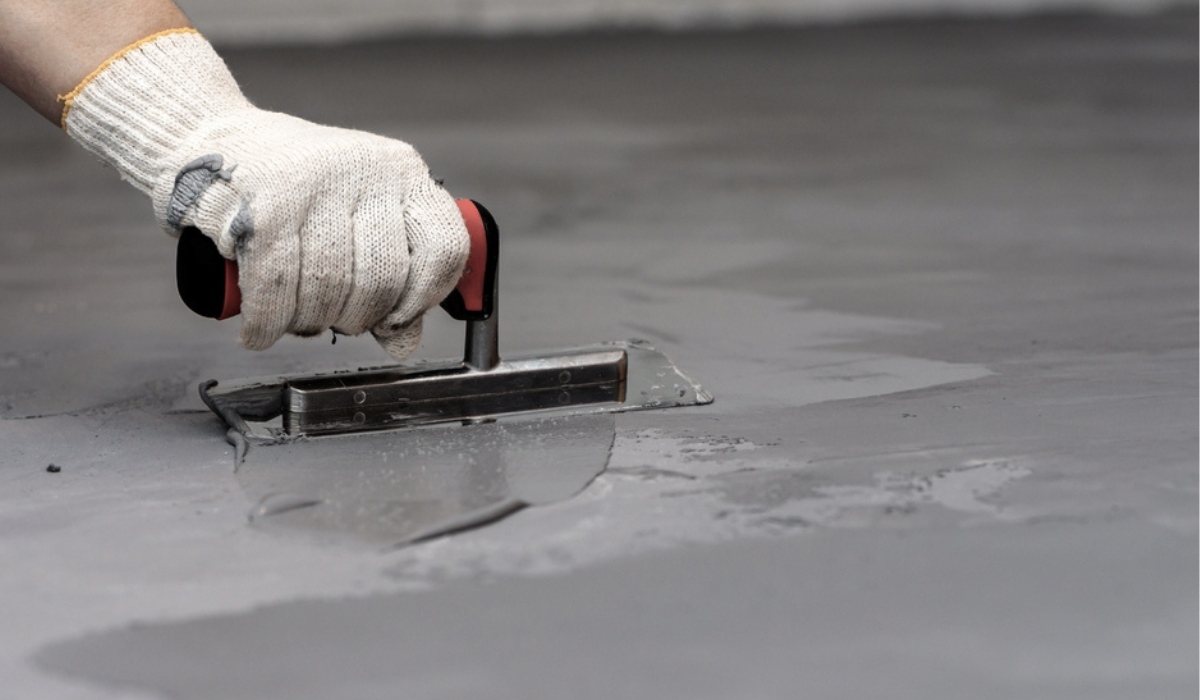Concrete is one of the world’s most-utilized building materials, made up of Portland cement mixed with coarse and fine aggregates like sand or rocks and water. The strength of concrete depends on a chemical reaction known as “hydration.”
Thank you so much for WONDERing with us today, Will! We truly appreciate it.
Mixing
Concrete house slabs Melbourne can be found everywhere in modern life – from buildings and highways to sidewalks and dams. Concrete is composed of two parts – filler (such as sand and rock) coated by cement paste – that come together to form an indestructible yet moldable mass that serves various functions.
Water is the key element of concrete, playing an essential part in its hardening process through hydration reactions. Mixing concrete correctly to ensure its workability and consistency.
Once the proper ratio has been reached, integral color and other additives that alter how a finished product looks and performs can be added. Air entrainment or fiber reinforcement, for instance, may reduce shrinkage cracking while increasing strength or durability or adding other features that enhance other properties of concrete.
Hydration
Concrete is one of the world’s most commonly used building materials, comprising aggregates such as sand and rocks as well as Portland cement. Cement production requires heating raw ingredients in a kiln at 1450degC for seven hours before grinding into powder form to produce clinker.
Water added to concrete sets off a chemical reaction among its major compounds that produces hydrates – these molecules largely determine its strength; tricalcium silicate hydrates form early and provide most of its strength while dicalcium silicate hydrates form later, contributing additional strength.
Proper proportions of these ingredients are crucial in creating a high-performing concrete product, whether that means mixing by hand, in a fixed mixer, transport or during transport. Mixing requires skill and requires that workers receive proper protection.
Placement
Concrete is one of the world’s primary construction materials, used in driveways, floors, sidewalks and foundations alike. Made up of three ingredients – water, Portland cement and aggregates – concrete has become an indispensable material.
In the mixing process, various chemicals are added to concrete to modify its properties and shape its final form. These additives, commonly referred to as admixtures, can help delay or speed up setting time, entrain air, enhance workability or add strength.
Without Portland cement, making concrete can still be done in a survival situation, though it will require more work and skill. By mixing together sand and gravel you can form what’s known as survival concrete.
Compaction
Concrete must be compacted to reduce air voids and strengthen it, either manually or mechanically using vibrators or similar devices. This step is especially necessary in heavy construction projects like dams and road pavements.
Vibrators can be an efficient method for compaction as they utilize less energy than needle machines. Platform vibrators are similar but larger versions, typically used for heavy construction projects like railway sleepers and prefabricated concrete elements.
Mixing and transporting concrete can take its toll on workers’ hands, so using durable gloves for protection is crucial. Furthermore, selecting the appropriate tool when mixing and placing concrete is vital to achieving optimal results.
Curing
Concrete must be cured correctly for it to reach its full strength and durability, with different curing techniques being used to speed up or slow down this process and achieve full curing.
Moisture plays an integral part in curing concrete. If it dries out too rapidly, its strength deteriorates rapidly and cracking may result.
Water used in concrete must be of pure quality in order to avoid any side reactions that might hinder or compromise its hydration process. Furthermore, its temperature needs to be optimal; too cold could slow or stop this process altogether.
